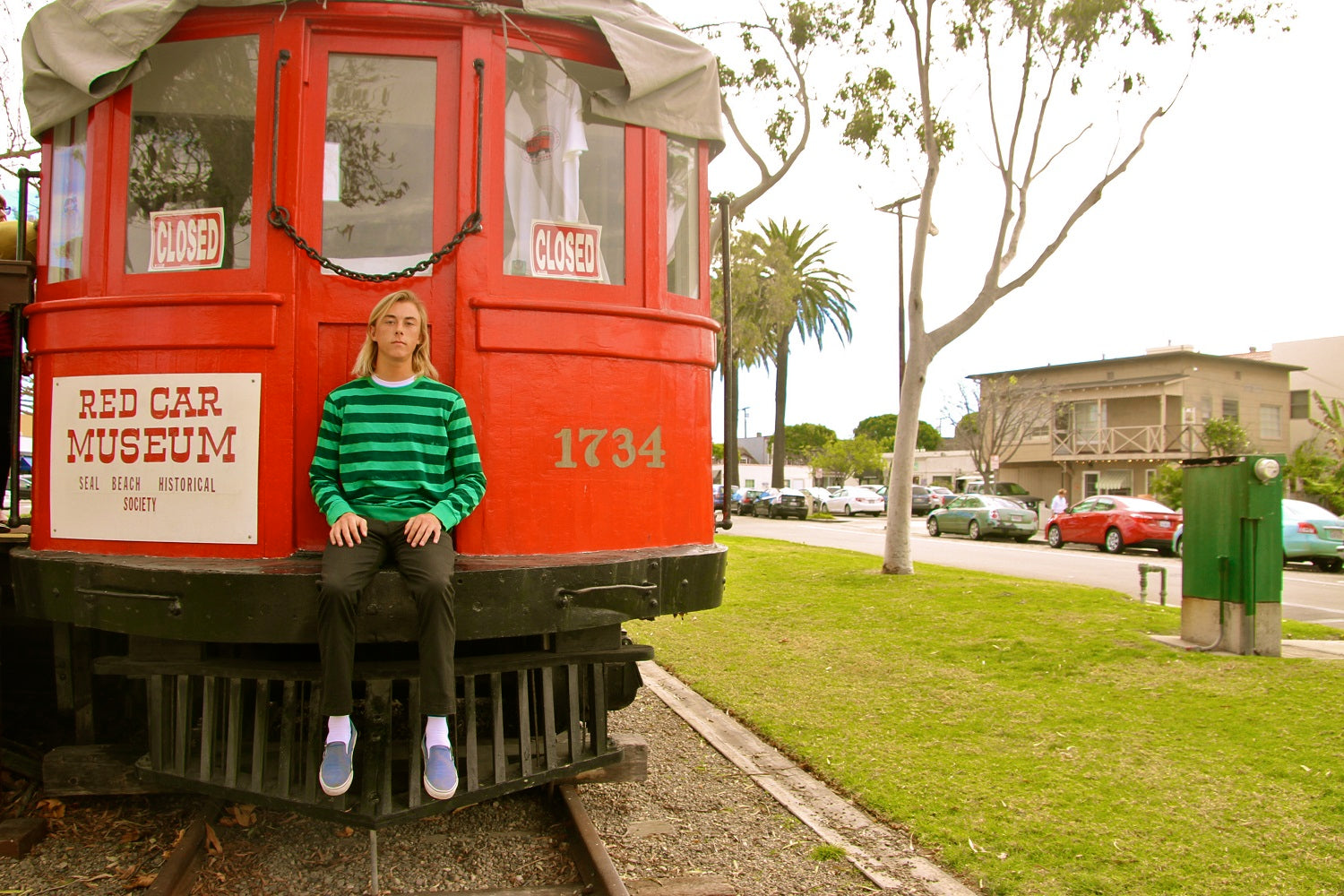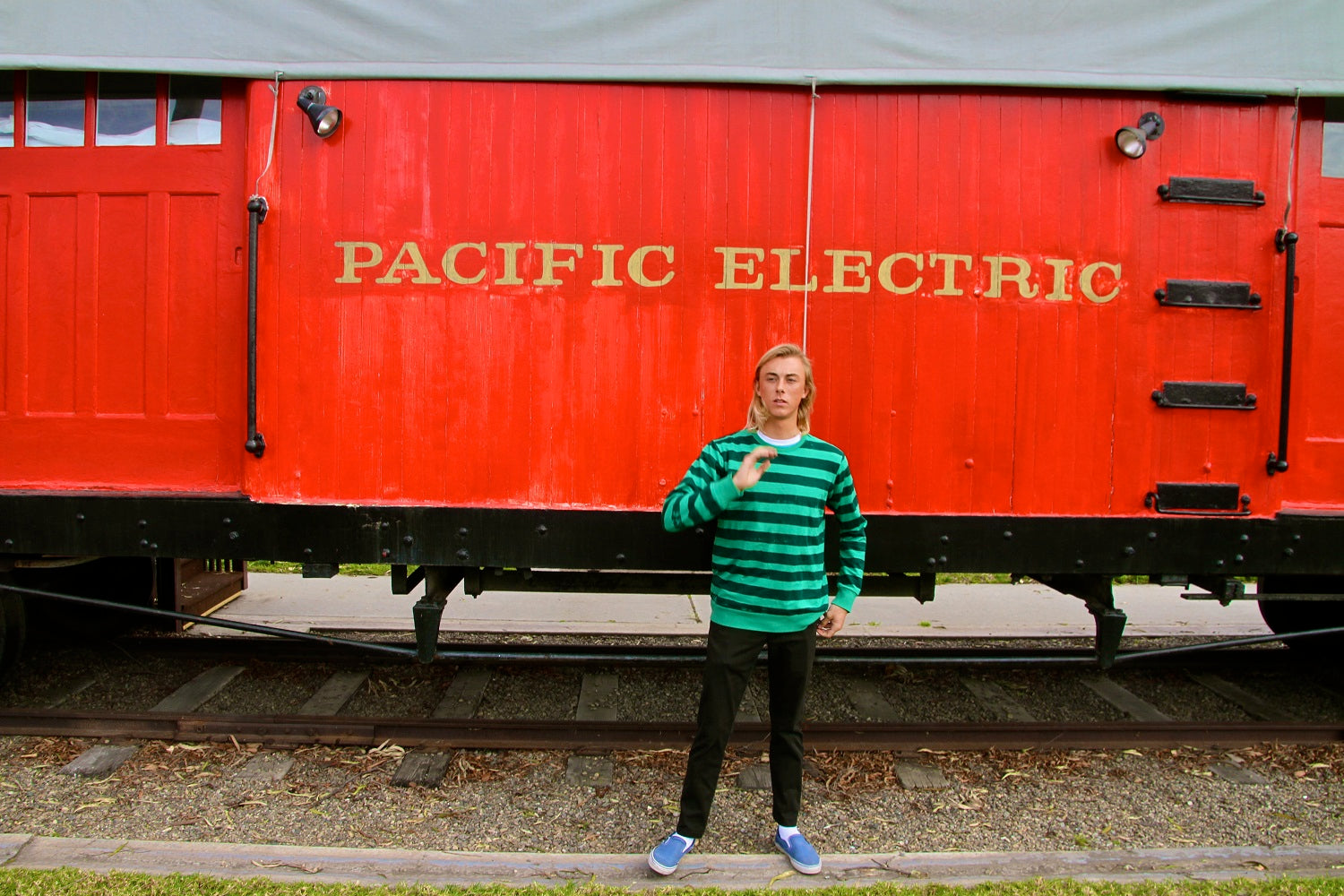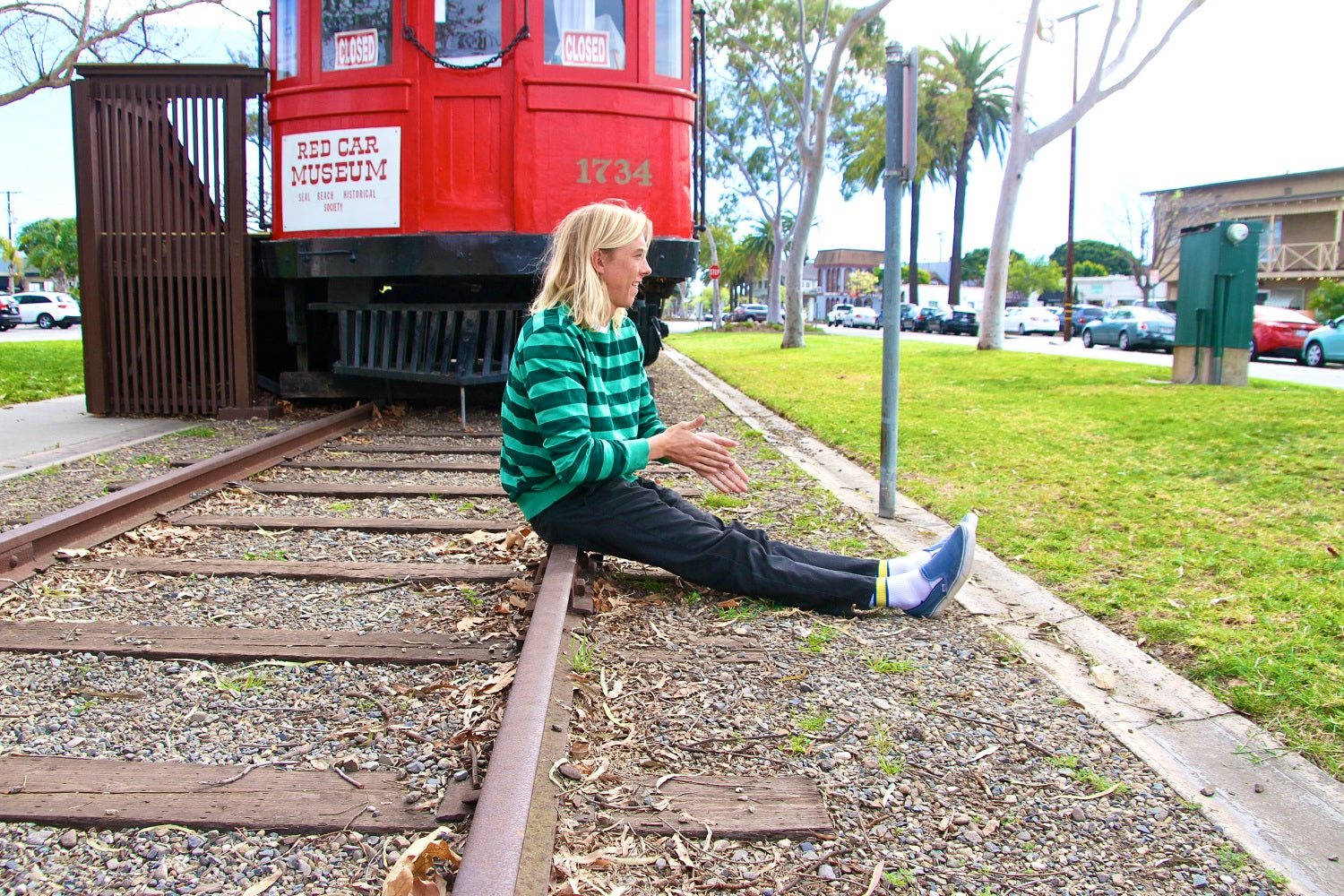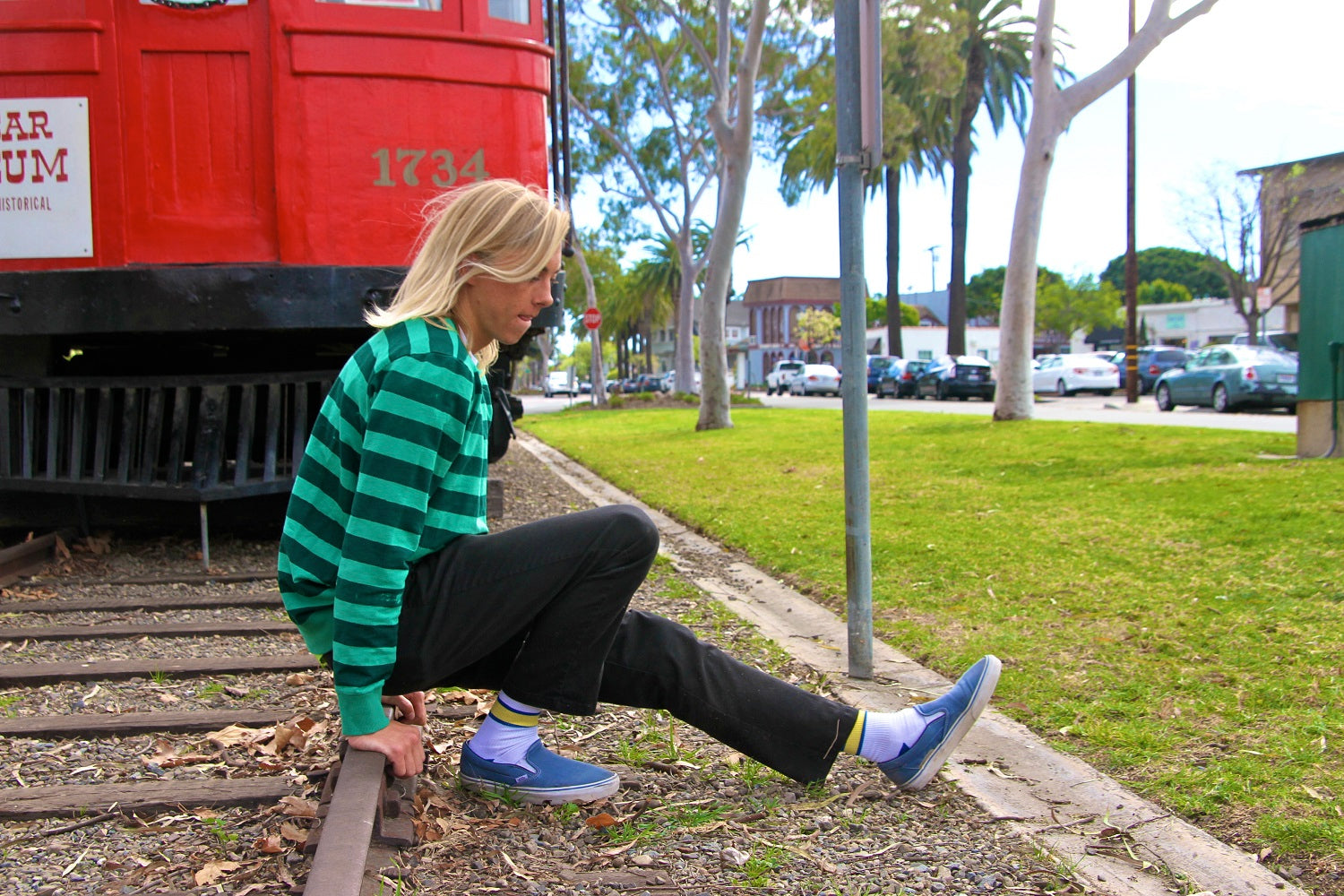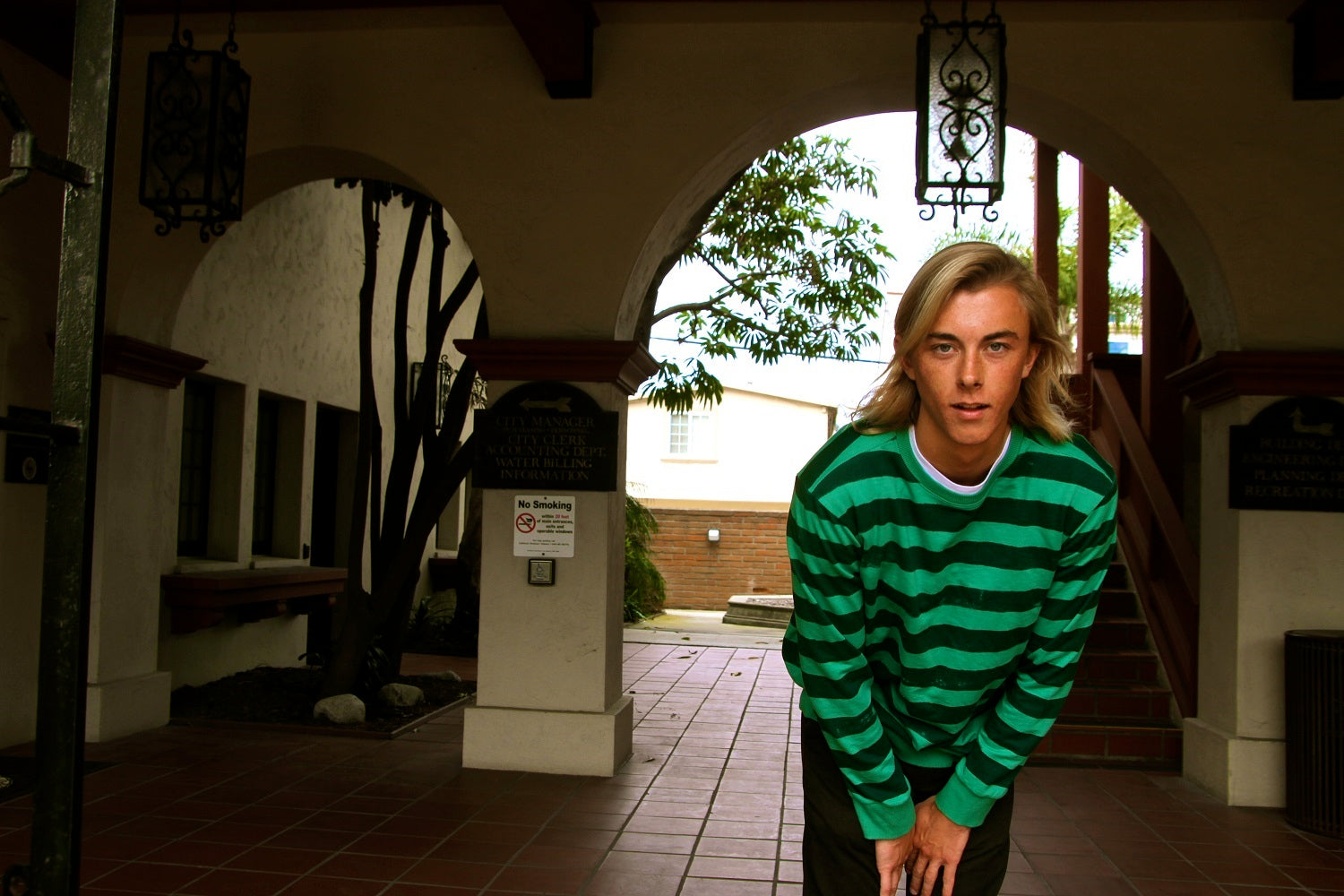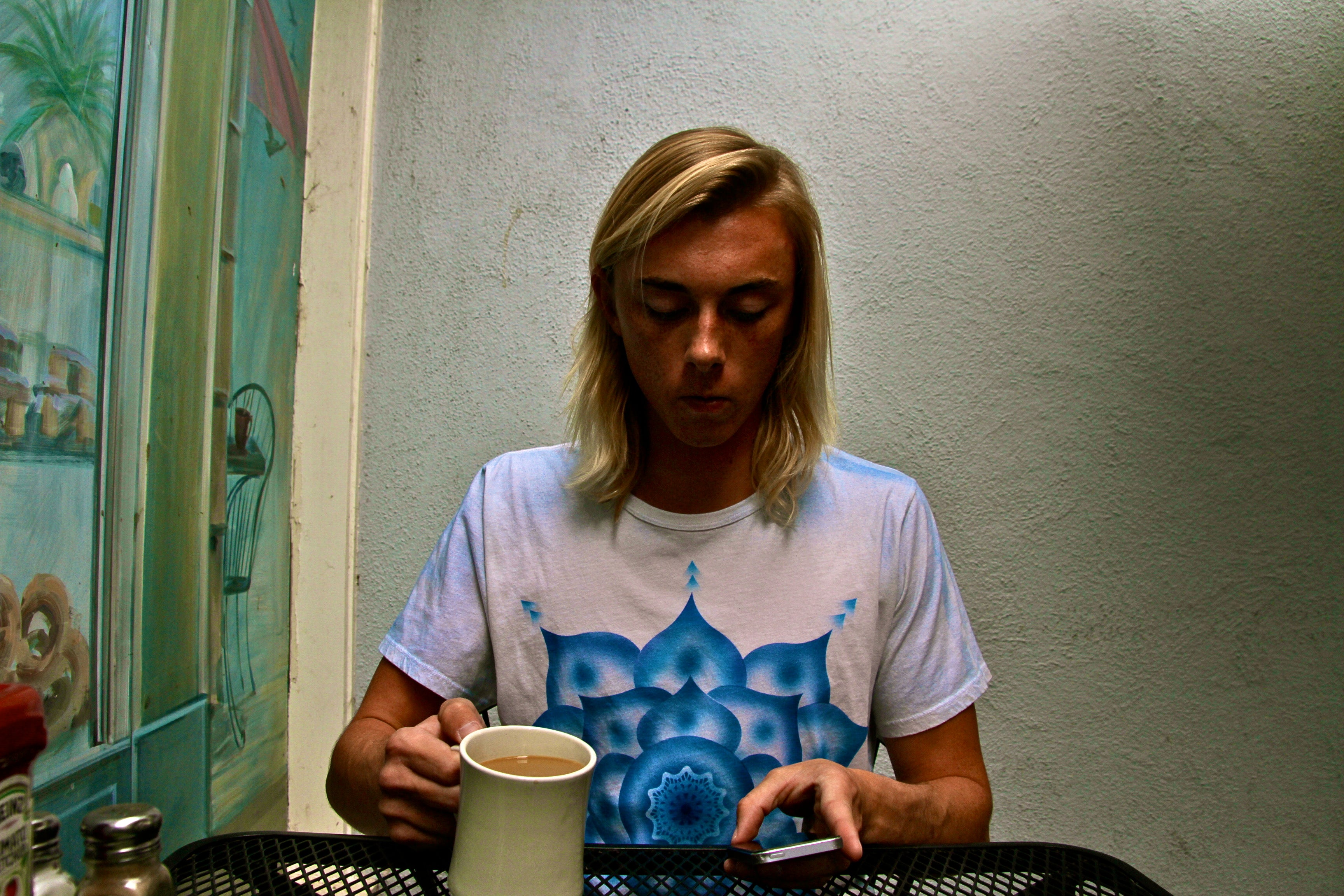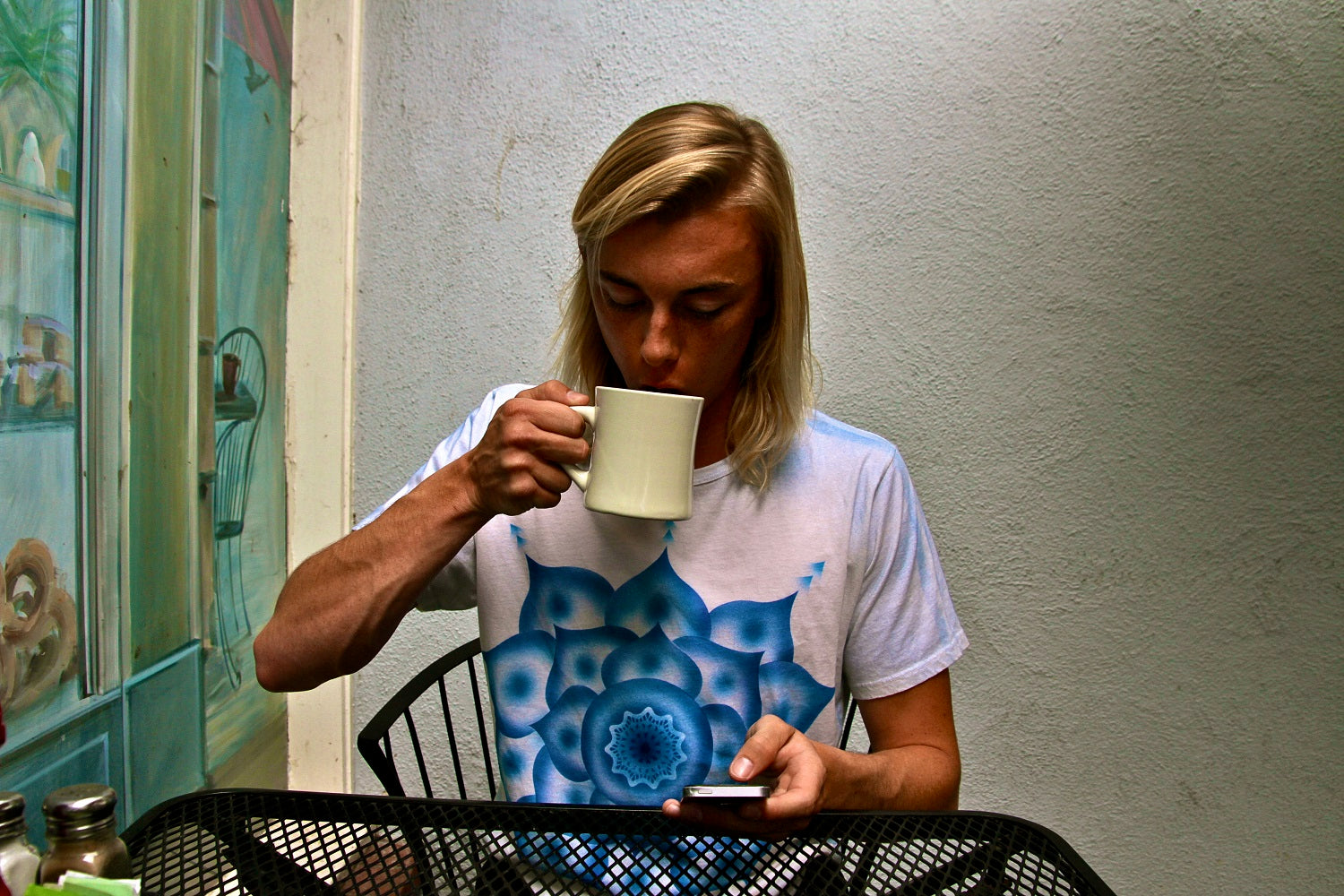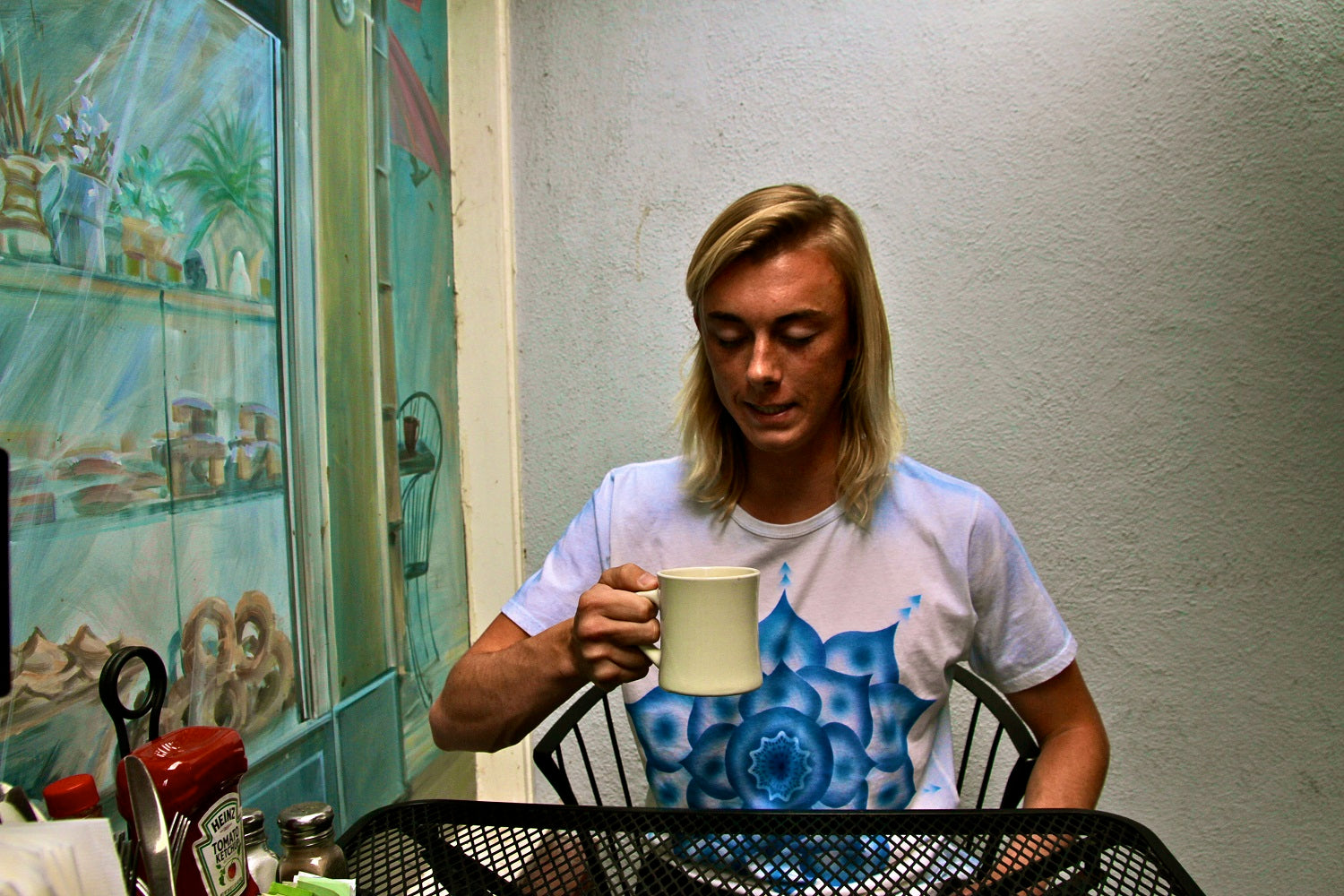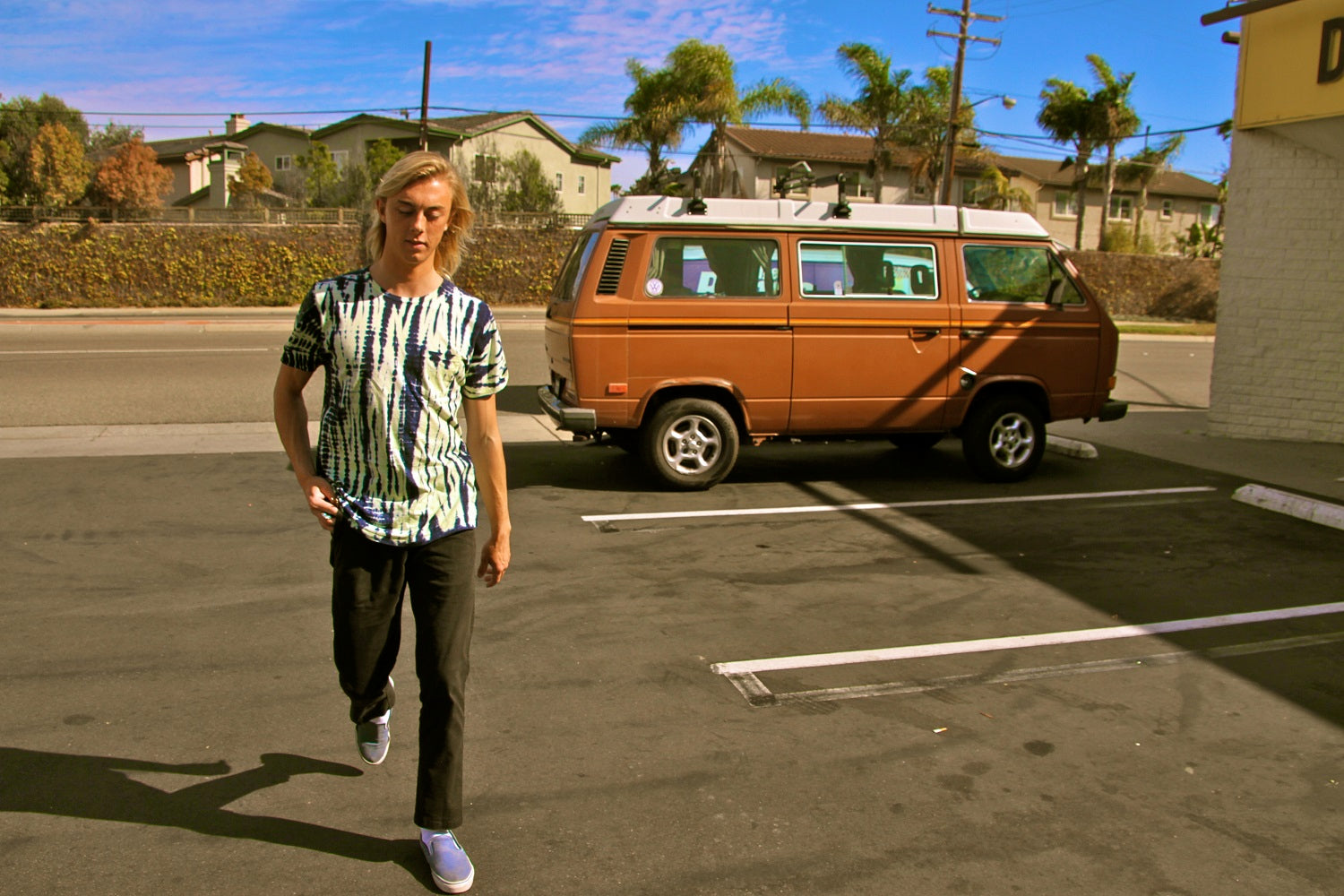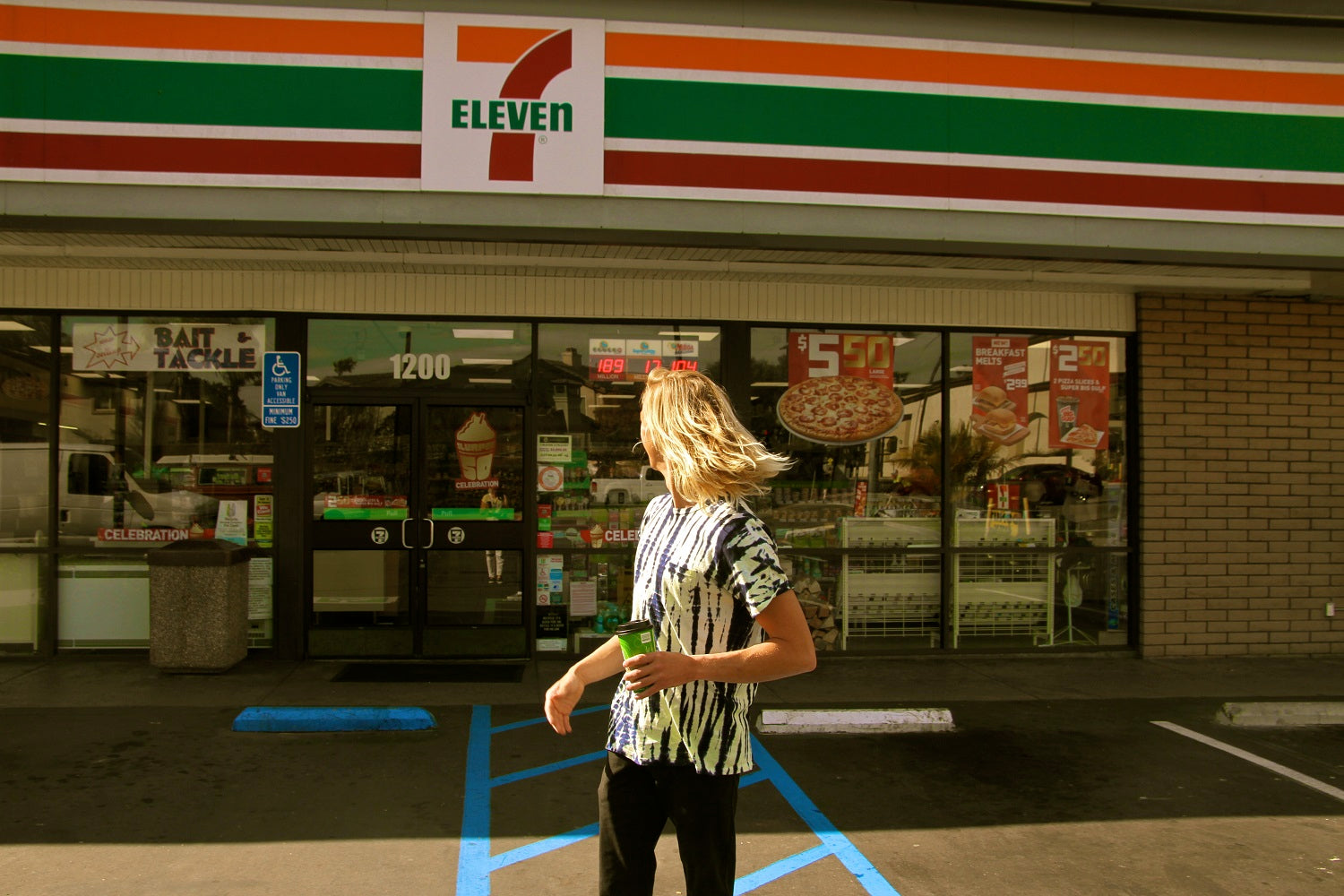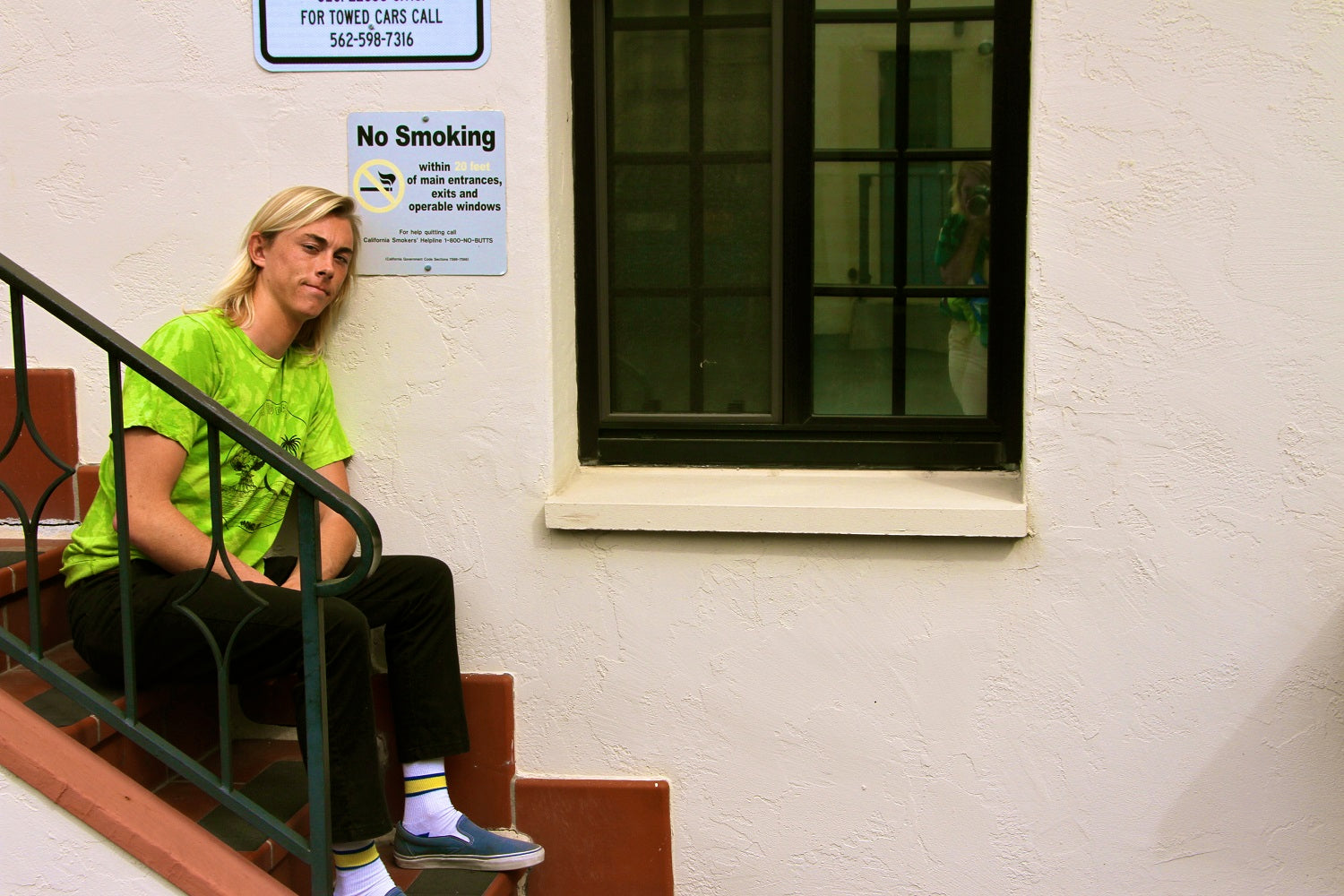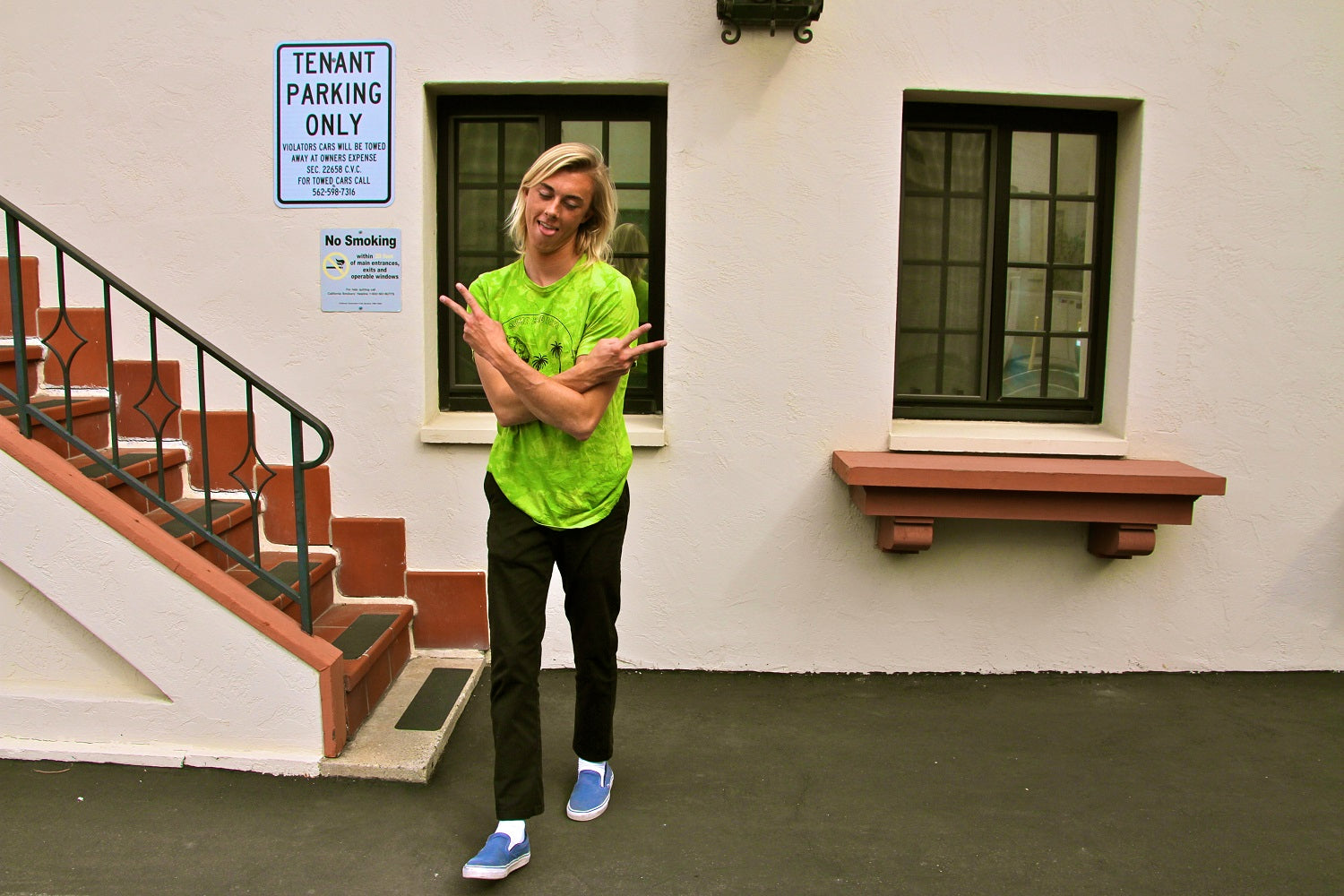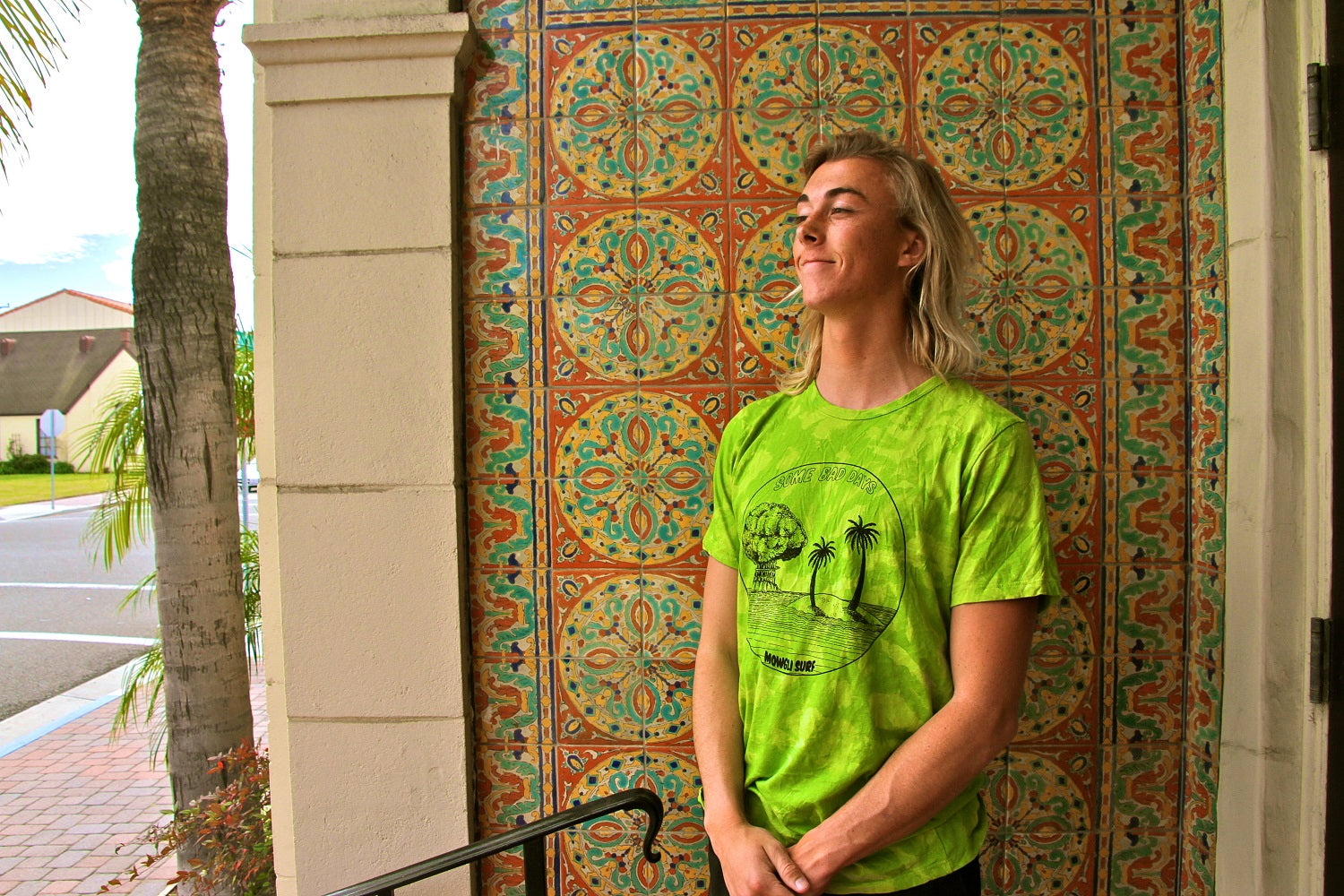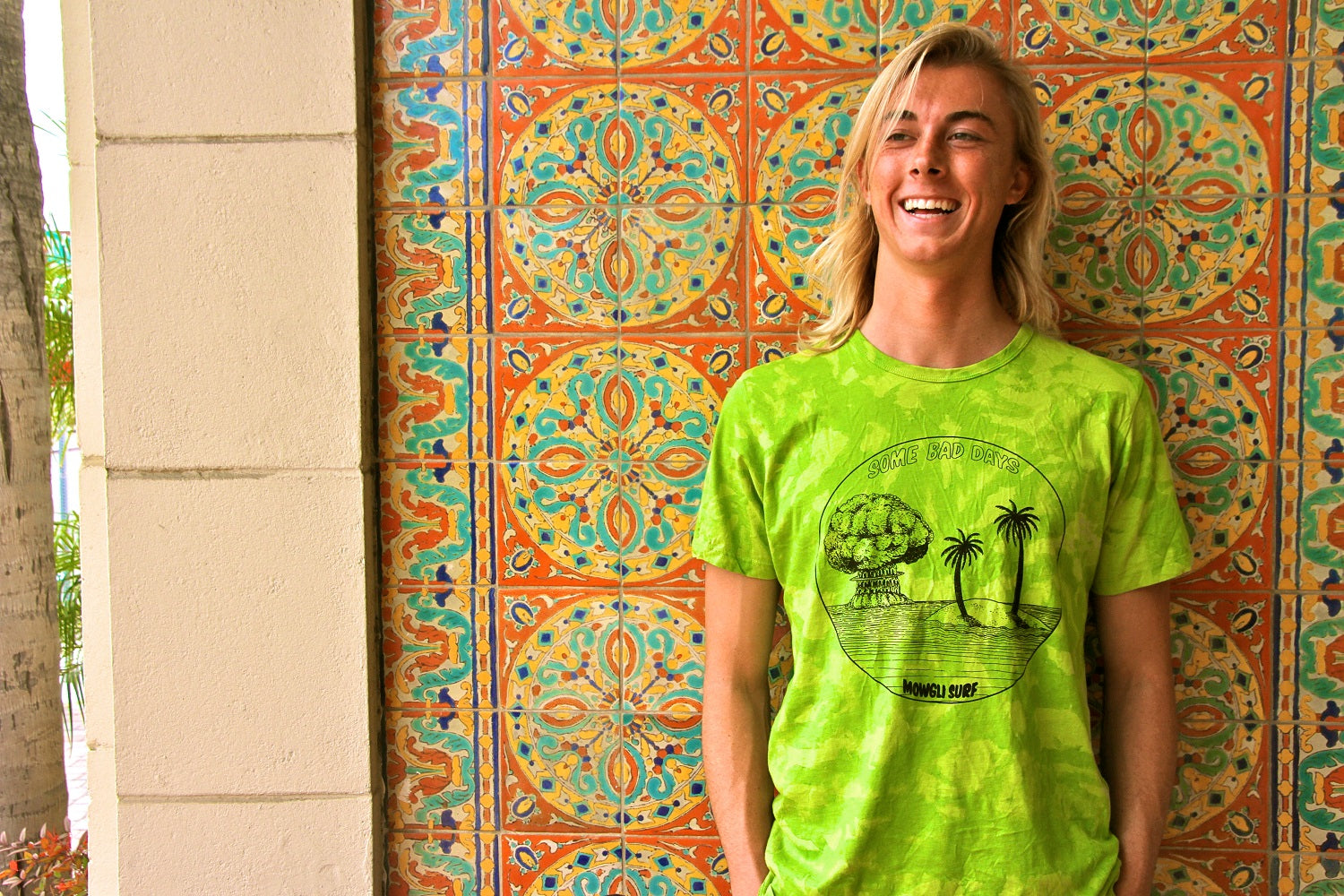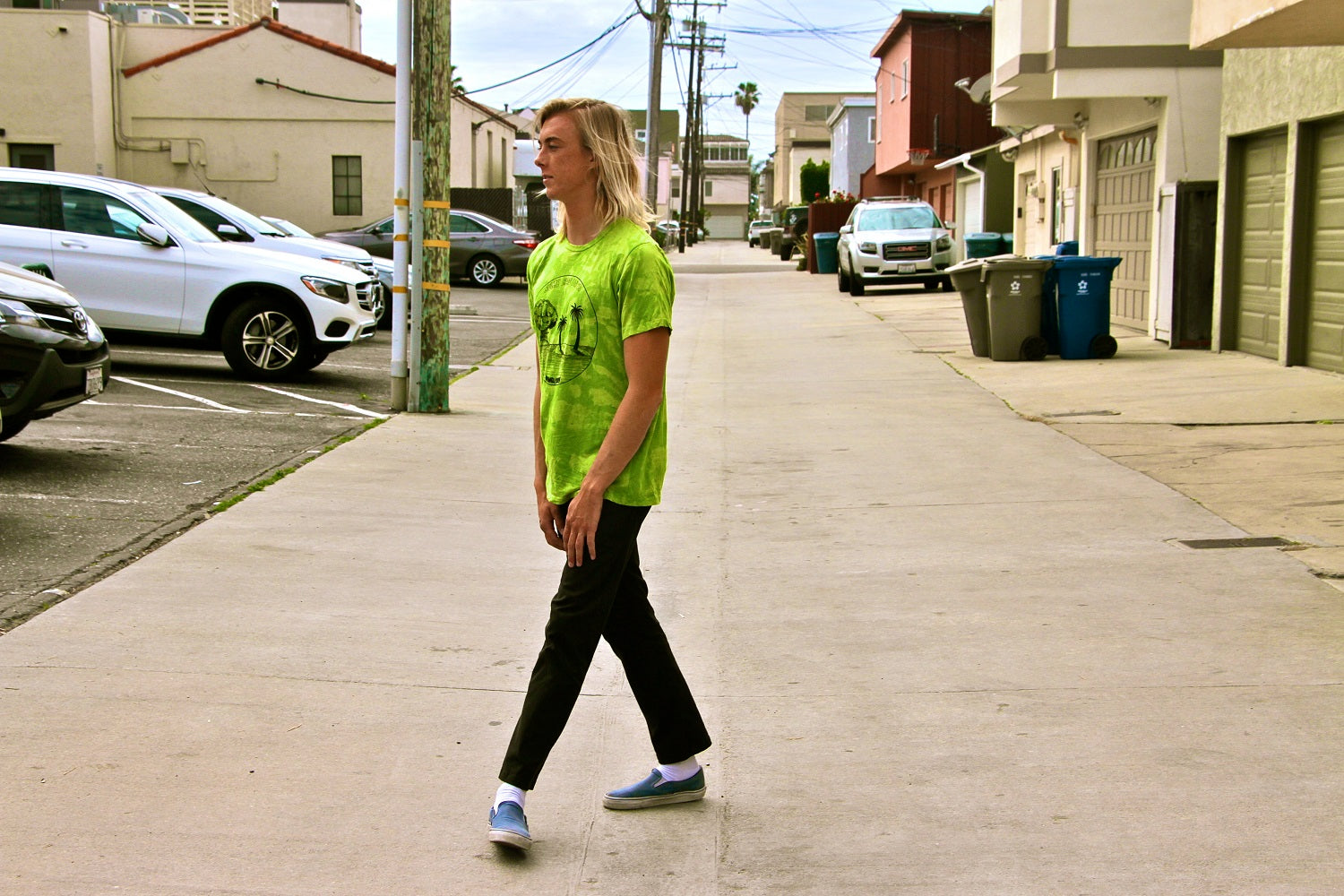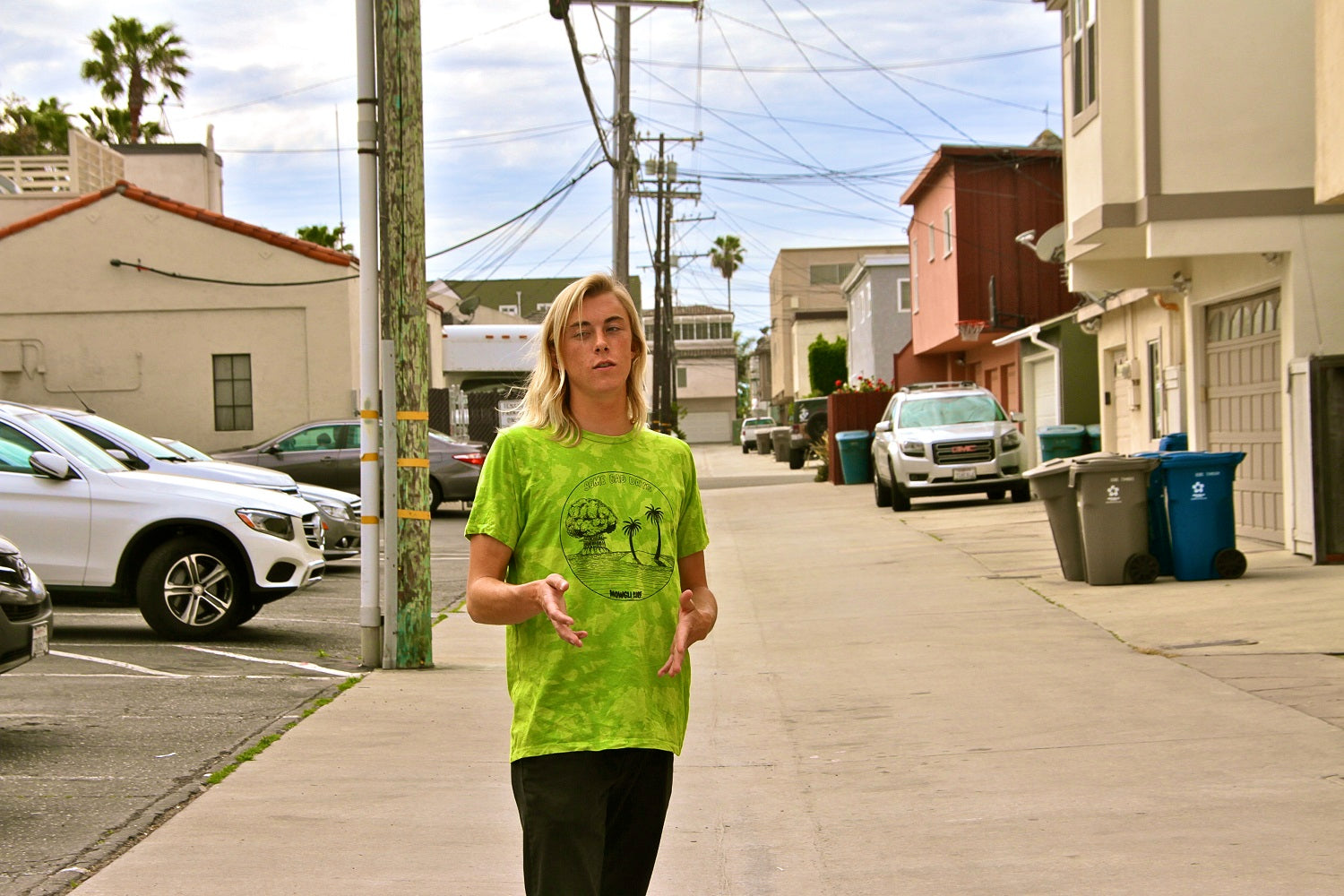The Enemy of Average! Wild Surfwear- USA Made / Christian Franzen
Add some descriptive text to your Blog page.

By Christian Franzen
Carl Evers was born in Germany in 1907. In his teenage years he moved to London to pursue his ambitions to be an artist and he received his first job as an automotive illustrator in Sweden when he was just 16 years old.
Evers took a particular interest in painting oceanic scenes when he traveled to America by boat in 1947. Soon he began freelance illustration work for several different boating companies. These illustrations were used for nautical magazines covers across the United States. He earned the title of being one of the top maritime painters in the 20th century and with the recent release of his estate many of his works have been made available. Despite the large number of his works in circulation, Evers paintings are still highly collectible.

By Christian Franzen
Maynard Dixon was born on January 24th 1875 in Fresno, California. He was born into a wealthy Confederate family that had found a new home in California after the Civil War. In his youth he studied with several amateur California artists and then attended the California School of Design. After his time at school, he made his living illustrating for local newspapers and magazines.
In 1900, Dixon took a trip to Arizona and New Mexico which sparked his love for the West. He spent the following several years traveling around the Western states on horseback, painting as he went. During his western travels he also spent did a lot of illustrating for western themed books such as Hopalong Cassidy. After some small success he moved to New York for a shot while and married his first wife Constance, but soon he grew tired of the city and decided to divorce his wife and returned to the west. Upon his return he set out to paint the "honest art of the West" instead of the romanticized version so many American's knew. These themes of the West would become his trademark and his most notable works are from this period.
By 1920, Dixon was looking for a change. He married his second wife Dorthea Lange who was a notable portraitist, this had a large effect on his style. In 1925 his style looked completely different. He shifted to a more modern style with dynamic compositions and great self expression. When the Great Depression struck, Dixon painted a series of social realism paintings commenting on the state of the Nation. He and his wife both were working on a socio-political series and they decided to show them side by side, mixing photos with paintings.
Dixon divorced his second wife in 1935 and remarried in 1937. With his new wife he moved to Utah where they dwelled during most of the year. They continually revisited California and eventually built a summer home on Mount Carmel. In 1946, Maynard died in his home in Utah and then was buried atop Mount Carmel.

By Christian Franzen
John Orlando Parry was born on January 3rd, 1810 in London, England. He was the son of well known Welsh Musician Bardd Alaw and studied the arts of music from a young age. Parry went on to become a very famous singer and pianist in his prime. In his free time he was known to enjoy drawing scenes of his home city of London.
He produced his most famous illustration in , London Street Scene, in 1835 which depicts a busy street in London being blasted with advertisements for various things. There is really no more information that I could find on Parry's artistic career because he is so greatly known for his musical success, but I really enjoy this little watercolor.
Last Tuesday I was lucky enough to show some of my pieces at the Quicksilver Store on Main Street, Huntington Beach. It was a three man show consisting of artists Ricky Blake, Bradie Sheimkie, and myself.
This was my first time showing any of my figurative work along side my abstract pieces in a public setting so I was a little nervous to see how that would go. However, once the show got going everyone seemed to dig the works that I was showing. It was fun to hear comments about my work from regular people and see if what they took from each piece matched up with my own personal vision. Both my abstract and figurative work comes from a very similar set of interests and desires. Showing the two together made this even more apparent for myself and it seemed to be apparent to the people walking through the show as well because several viewers made comments on the overlapping characteristics of the two.
It was so exciting to see people walk up to a painting of mine and then begin a conversation concerning the painting. Initially I wasn't sure that a lot of people would show up, but I was pleasantly surprised because the show was packed most of the evening. It was such a fun show; I am excited to have more in the near future.










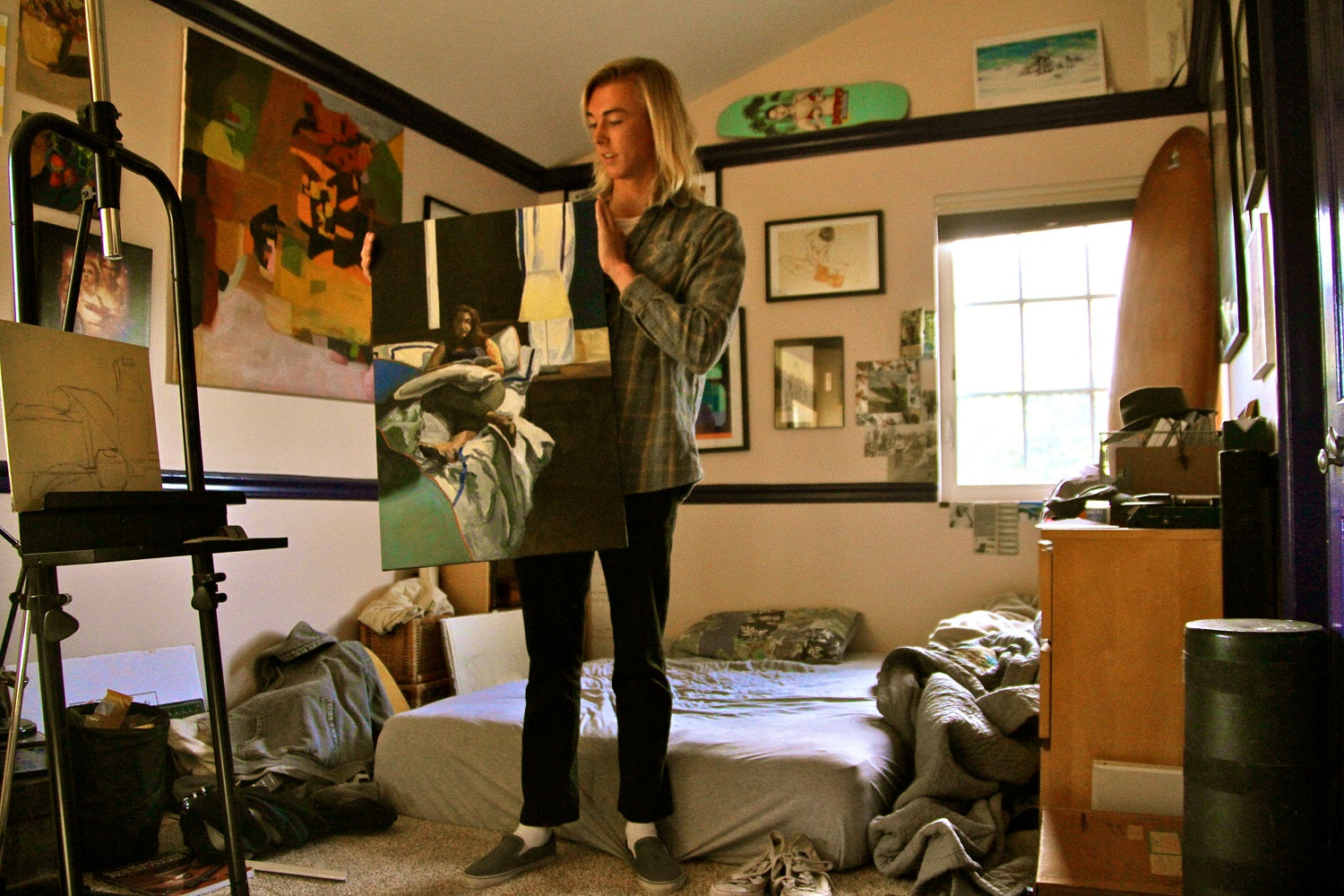
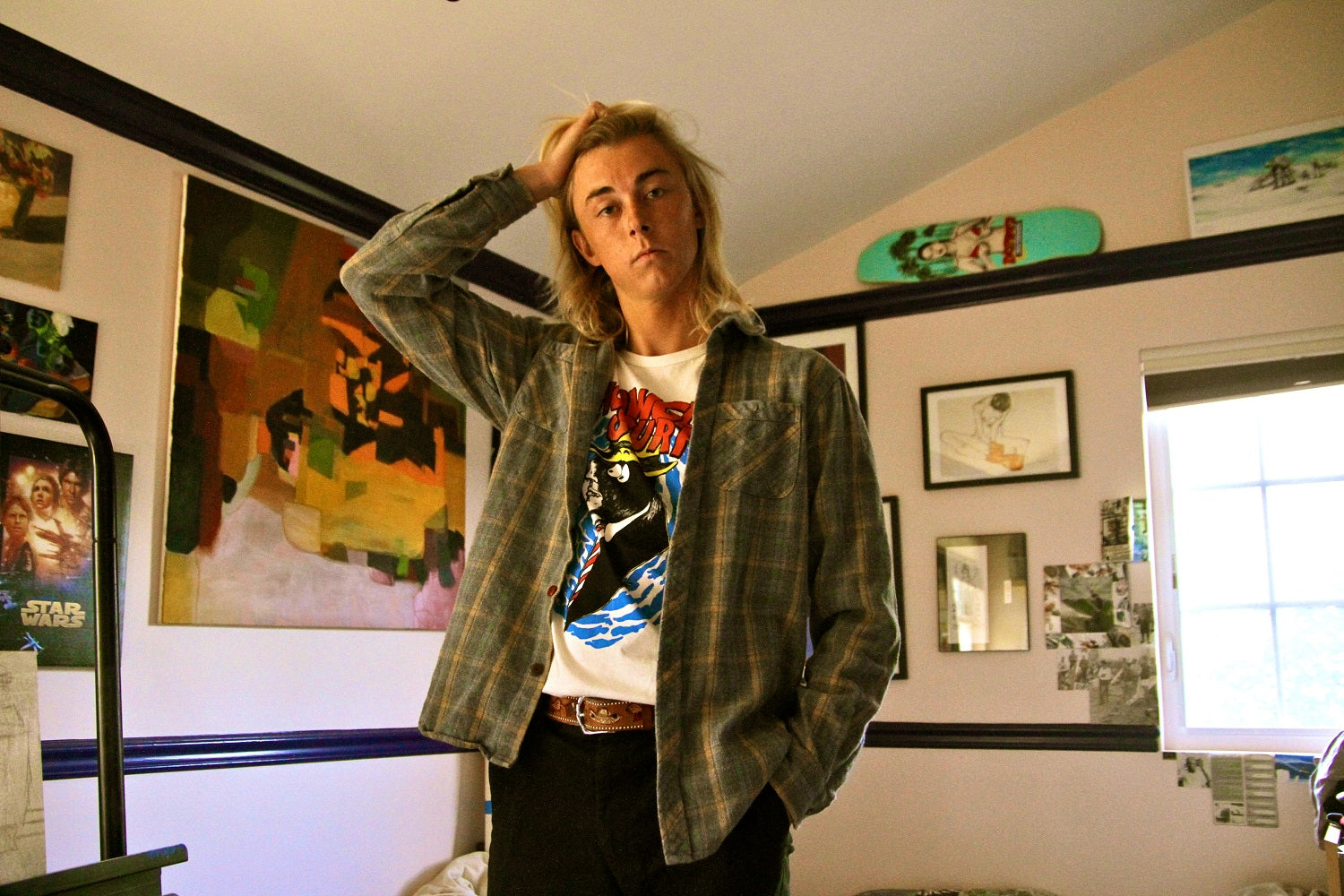

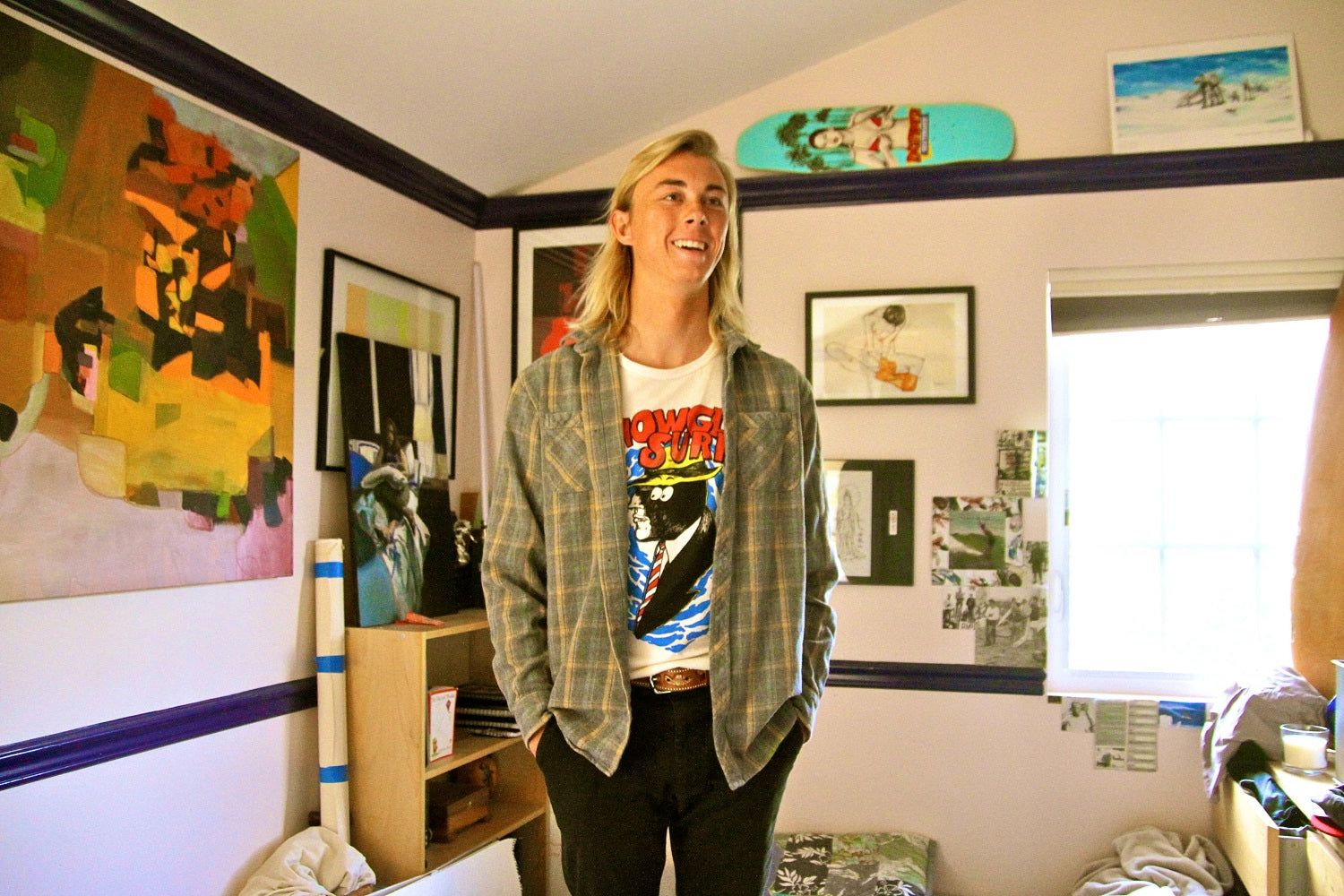 We were lucky enough to have Christian share his hoem with us and photographer Jessie Stopnik!!! Christian is classic cool in all things!!
We were lucky enough to have Christian share his hoem with us and photographer Jessie Stopnik!!! Christian is classic cool in all things!!

By Christian Franzen
Michael Goldberg was born on December 24, of 1924. He attended art school as a boy then he attended the Art Students league of New York for his collegiate schooling. Goldberg's large abstract paintings earned him a place amongst the first pre WWII New York School. However, Goldberg was drafted into the war causing him to briefly put his artistic pursuits on hold.

By Christian Franzen
Snoop Dogg was born in beautiful Long Beach, California on october 20th, 1971. Snoop is most prominently known for his music career, however in recent years Snoop has turned some of his creativity in a new direction to pursue expressing himself through the art of painting. With no fundamental art instruction under his belt Snoop's work exhibits a bold avant-garde flavor linked to urban inspiration. In an interview about his work Snoop stated, "Sometimes the music in my life don't explain exactly what I'm going through, so [painting] is another piece of the puzzle,”. Within Snoop's painting their is also a highly musical quality about them and how the colors he chooses rhythmically hop throughout each work. If you have some free time you should check some of his work out online, it's pretty cool.

By Christian Franzen

By Christian Franzen
This last week I visited the visiting exhibit "The Seductive Line: Eroticism in Early Twentieth-Century Germany and Austria" on view at the Los Angeles County Museum of Art. The exhibit presents over fifty work on paper from several notable German and Austrian artists. The works exhibited range from circa 1910 through circa 1938; therefore displaying drawing from several different movements including German Expressionism, Jugendstil, New Objectivity, and the Vienna Secession.
This exhibit highlights the new ideas surrounding the possibility of the figure, as well as its new found sexuality in the early 20th century and its capabilities to induce lust, shame, anxiety, and disgust. While at the same time attempting to capture the essence of the figure in new a revolutionary way. Women are by far the main subject matter throughout the series of drawing. The new ways in which these artist were observing and drawing the female form over exaggerates the raw sexuality of the female nude to the point of smoldering.
Aside from that, there is an indescribable beauty in the inquisitive line shared by this collection of artists. Each artist has a distinct style that is their own; however, they all posses this powerful wandering line that dances throughout the page. In the exhibit there are several works by Egon Schiele that were beyond beautiful. There is also an amazing portrait of a woman done by Gustav Klimt that rattled my brain. It's a really great show and it's up until July 10th. I would highly recommend that you see it if you have some free time.

By Christian Franzen
Raymond Ginn was born on June 16th, 1957 in Tucson, Arizona. Ginn was born in Arizona but raised in Hermosa Beach, California where he live with his 4 other siblings, mother, and father. After high school, Ginn attended UCLA and graduated with a degree in economics. For a short time after college he worked as a math teacher in the Los Angeles County School District. He then decided to go back to school at UCLA in order to get his BFA and completed it in 1977.
Later that same year his brother Greg Ginn founded the iconic punk rock band now known as Black Flag, also during this time Raymond changed his last name to Pettibon. In the beginnings of the band they went under the name Panic, Pettibon originally played base. However, it was soon discovered that there was an already existing band that went by the name Panic so Pettibon suggested the new name of Black Flag and designed the iconic four bars logo. The new band and logo were a hit and Pettibon's artwork began to be displayed on flyers, album covers, and merchandise. As a result he became very famous in the Southern California Punk Rock Scene.
Besides working on his own body of work he also created popular album cover for Sonic Youth's album Goo and many other album covers for bands such as Minutemen, Off!, Foo Fighters, Saccharine Trust, and many more. Pettibon works primarily in india ink on paper; sometimes he additionally uses colored pencil and or watercolor to add coloring. Pettibon finds influence in the works of William Blake, Goya, and political cartoons. Throughout the 1980's and 90's participated in many group exhibitions through out the United States and Europe and 1995 he had his first solo show at David Zwirner Gallery. More recently in 2006, Pettibon had a huge survey exhibition at the Centro de Arte Contemporaneo de Malaga in Spain and in 2014 he sold his house in Venice Beach for $1.219 million.

By Christian Franzen
Manny Cosentino grew up amidst a large Italian family on the upper eastside of Manhattan, in New York City. He was encouraged by his parents at a young age to pursue his interests in drawing and painting. They would supply him with all kinds of sketchbooks and drawing instruments on top of taking him to all of the world class museums throughout the city. When he was old, enough he would frequently visit the Metropolitan Museum of Art on his way home from school. Often spending hours studying and copying works from the masters.
More recently, Cosentino has returned to depicting the figure. Learning the classical techniques of the Venetian school of painters from contemporary artist and teacher Martha Mayer Erlebacher. Using classical underpaintings, glazing, scumbling, and grisailles, Cosentino creates contemporary compositions of the figure while using the techniques of high renaissance Venetian and Flemish masters.
Today, Cosentino can still be found painting throughout Los Angeles and teaching at California State University Long Beach. In addition to being a gifted painter, Cosentino is a very insightful teacher. I have been lucky enough to study with him numerous times and he has dramatically helped me grow as an artist while increasing my appreciation for the arts. His love for painting is infectious and his vast knowledge of art history is dumbfounding. He is both an amazing painter and human.



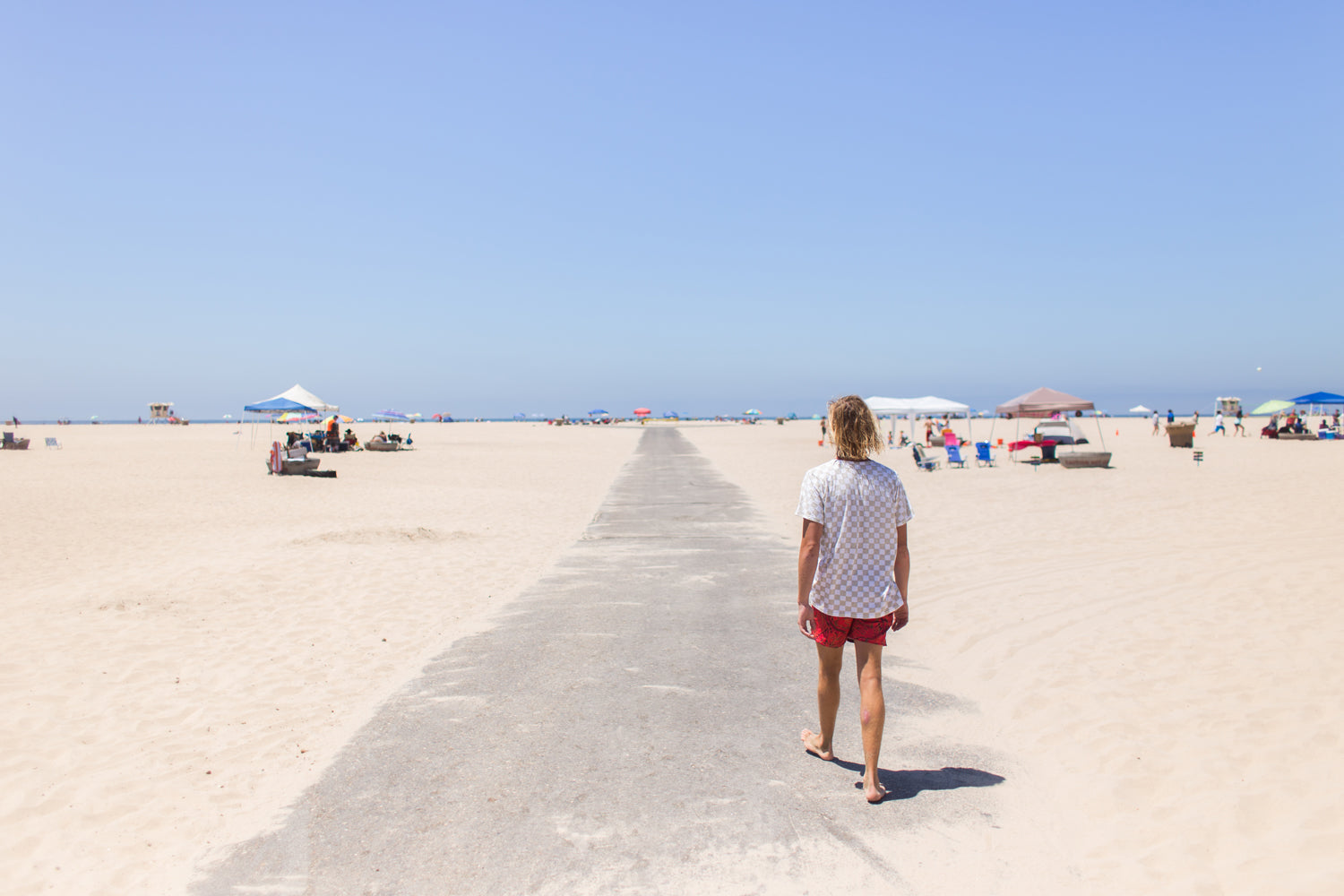

 Photos Thomas Green
Photos Thomas Green



 Photos by Jessie Stopnik
Photos by Jessie Stopnik




 Photo Thomas Green
Photo Thomas Green






 Photo Thomas Green
Photo Thomas Green


 Photos Carson Hart
Photos Carson Hart
